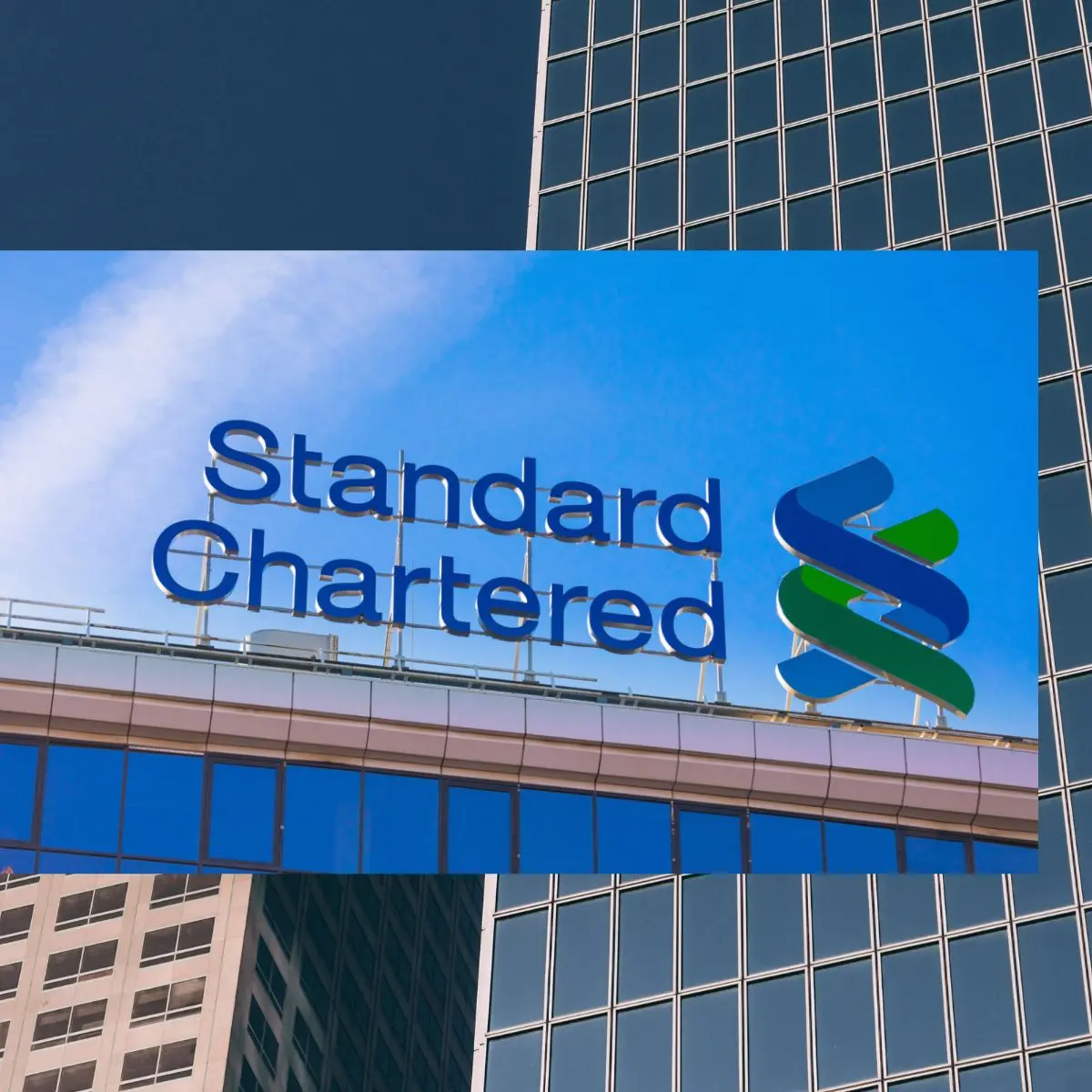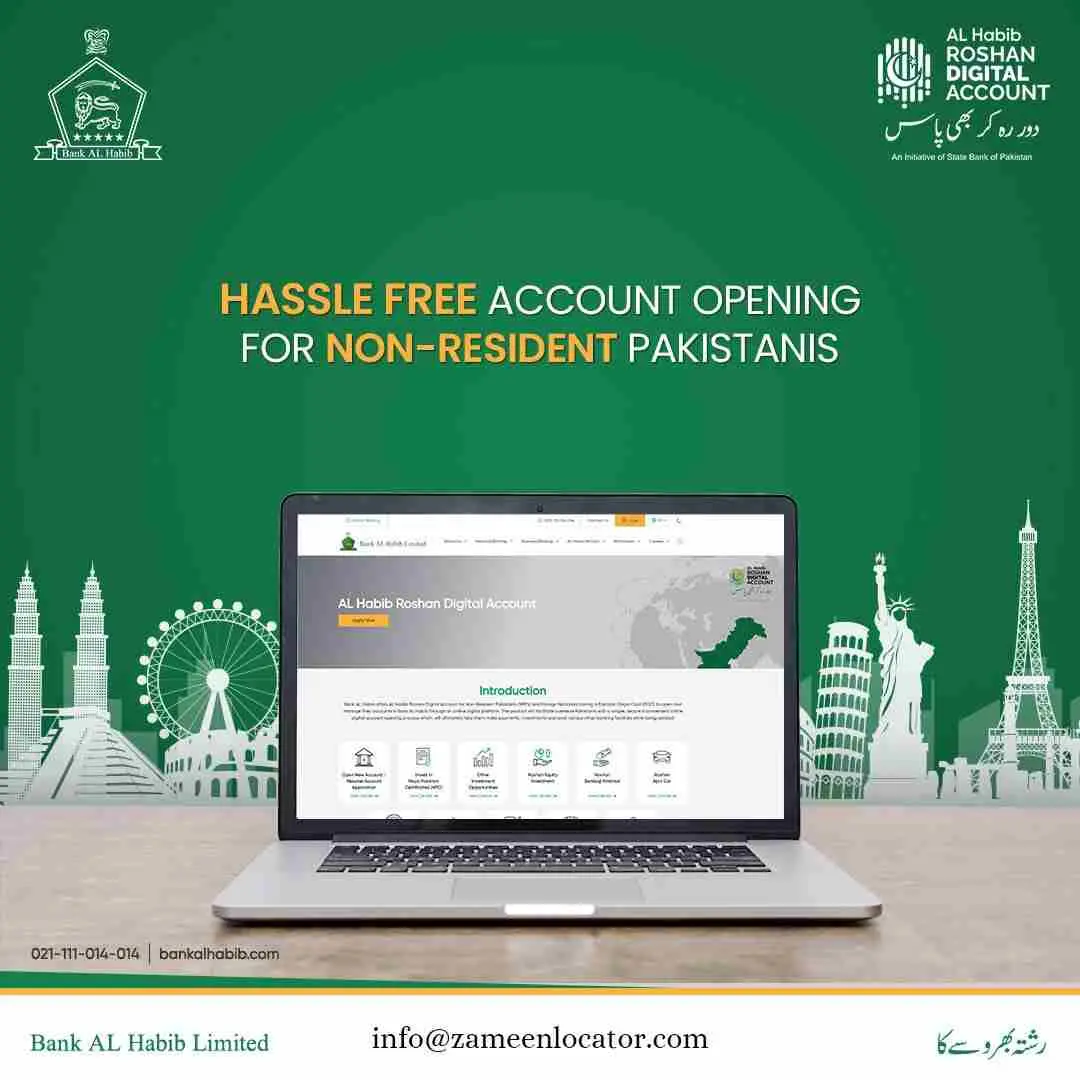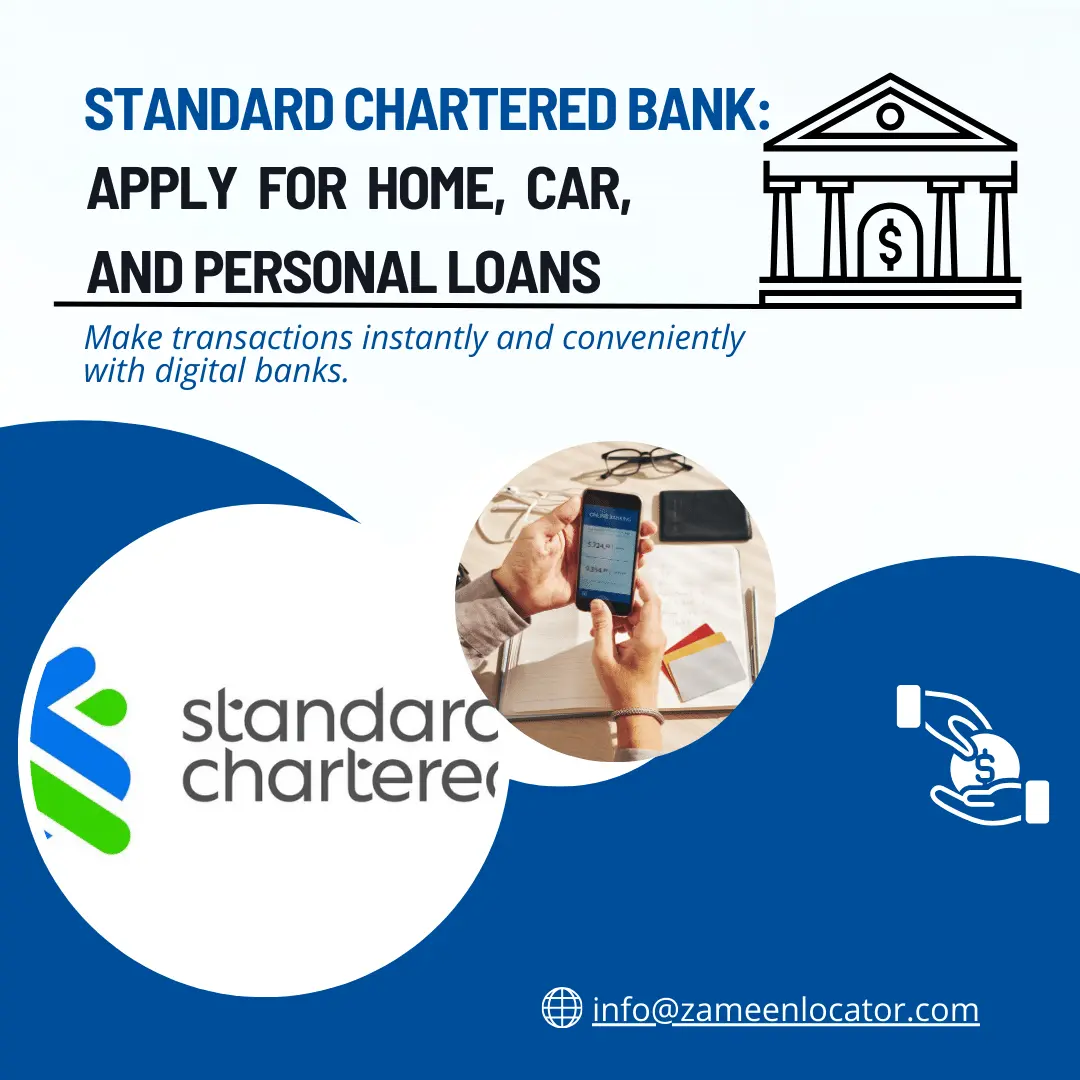
The History and Success of Standard Chartered Bank: A Complete Guide on Banking
Introduction
- In the global banking industry, few institutions boast the rich history and widespread influence of Standard Chartered Bank. From its origins in the 19th century to its current status as a leading international banking group, Standard Chartered has navigated centuries of economic shifts, geopolitical changes, and technological advancements. This guide delves into the fascinating history and ongoing success of Standard Chartered Bank, offering insights into what makes this bank a pillar of the global financial system.
The Origins: A Fusion of Two Banks
- The story of Standard Chartered Bank begins with the merger of two banks: The Chartered Bank of India, Australia and China, and Standard Bank of British South Africa.
- The Chartered Bank:
Founded in 1853 by James Wilson, a Scottish entrepreneur, The Chartered Bank capitalized on the growing trade between Europe, Asia, and the expanding British Empire. It quickly became a significant player in the financing of international trade in Asia.
- Standard Bank:
Established in 1862 by John Paterson, The Standard Bank of British South Africa focused on the diamond and gold industries flourishing in southern Africa. It expanded rapidly, establishing South Africa and other African regions.
Merger and Expansion
- In 1969, these two banks merged to form Standard Chartered Bank. The merger combined The Chartered Bank’s extensive Asian network with Standard Bank’s solid African footprint, creating a formidable global presence. This strategic fusion allowed the bank to offer services across different markets, from trade finance and foreign exchange to wealth management and corporate banking.
Navigating Challenges and Seizing Opportunities
- Standard Chartered’s journey has its ability to navigate challenges and seize opportunities. The bank has weathered global economic crises, wars, and regulatory changes, continuously adapting its strategies to stay relevant.
- Post-Merger Growth:
Standard Chartered continued to expand its global reach, establishing operations in new markets and strengthening its presence in existing ones. The bank’s focus on emerging markets, particularly in Asia, Africa, and the Middle East, set it apart from many Western banks.
- Technological Innovation:
Embracing technological advancements has been a cornerstone of Standard Chartered’s strategy. The bank has invested heavily in digital banking, offering innovative solutions such as mobile banking apps and online platforms to enhance customer experience and operational efficiency.
A Commitment to Sustainability
- Standard Chartered has made significant strides in promoting sustainability and responsible banking. The bank is committed to financing sustainable projects and supporting the transition to a low-carbon economy. Its sustainability strategy focuses on three key areas: climate change, financial inclusion, and responsible business practices.
- Green Financing:
Standard Chartered has pledged billions of dollars towards green and sustainable projects, including renewable energy, clean technology, and sustainable infrastructure.
- Financial Inclusion:
The bank aims to improve access to financial services for underserved populations, particularly in emerging markets. This includes initiatives to support small and medium-sized enterprises (SMEs) and promote digital financial solutions.
The Success Story: Key Factors
- Several factors have contributed to Standard Chartered’s enduring success:
- 1: Global Reach with Local Expertise:
The bank’s extensive network across emerging markets, combined with its deep local knowledge, allows it to offer tailored solutions that meet the specific needs of different regions.
- 2: Corporate Governance:
Standard Chartered’s commitment to high standards of corporate governance and ethical business practices has helped build trust with clients, regulators, and investors.
- 3: Focus on Innovation:
Continuous investment in technology and innovation has enabled the bank to stay ahead of industry trends and deliver cutting-edge financial solutions.
- 4: Resilience and Adaptability:
The ability to adapt to changing market conditions and regulatory environments has been crucial to the bank’s longevity and success.
Looking Ahead: The Future of Standard Chartered
- As Standard Chartered Bank looks to the future, it continues to focus on leveraging its strengths and addressing global challenges. The bank is poised to play a vital role in the ongoing digital transformation of the financial industry and the global push towards sustainability.
In conclusion:
- Standard Chartered Bank’s rich history, strategic mergers, global expansion, commitment to sustainability, and focus on innovation have cemented its a leader in the banking industry. Its journey from the 19th century to the present is a testament to its resilience, adaptability, and forward-thinking approach. For those interested in banking and finance, Standard Chartered’s story offers valuable insights into what it takes to succeed and thrive in a dynamic and ever-changing world.
Frequently asked questions (FAQs)
- 1: What is the history of Standard Chartered Bank?
- Answer: Standard Chartered Bank was founded in 1969 through the merger of two historic banks: The Chartered Bank of India, Australia and China, established in 1853, and The Standard Bank of British South Africa, founded in 1862. The merger combined The Chartered Bank's extensive network in Asia with The Standard Bank’s strong presence in Africa, creating a global banking powerhouse. The bank has since expanded its operations to over 60 countries, focusing on emerging markets in Asia, Africa, and the Middle East.
- 2: What services does Standard Chartered Bank offer?
- Answer: Standard Chartered Bank provides financial services, including retail banking, corporate and institutional banking, private banking, and wealth management. Key offerings include savings and checking accounts, personal and business loans, credit cards, mortgages, investment products, foreign exchange, trade finance, cash management, and advisory services. The bank is also heavily invested in digital banking solutions, providing mobile and online banking platforms for enhanced customer convenience.
- 3: How does Standard Chartered Bank contribute to sustainability?
- Answer: Standard Chartered Bank is committed to promoting sustainability through its financing activities and operational practices. The bank has pledged significant funds towards green financing, supporting renewable energy, clean technology, and sustainable infrastructure. It also focuses on financial inclusion, aiming to improve access to financial services for underserved populations in emerging markets. The sustainability strategy is climate change mitigation, responsible business practices, and community development initiatives.
- 4: What sets Standard Chartered Bank apart from other global banks?
- Answer: Several factors distinguish Standard Chartered Bank from its competitors:
- Emerging Market Focus: The bank has a strong presence in Asia, Africa, and the Middle East, regions often underserved by other global banks.
- Local Expertise: With a deep understanding of local markets, Standard Chartered can offer tailored financial solutions that meet specific regional needs.
- Commitment to Innovation: Continuous investment in technology ensures that the bank provides cutting-edge digital banking services.
- Sustainability Initiatives: A strong focus on sustainable finance and responsible banking practices positions the bank as a leader in ethical banking.
- 5: How can I open an account with Standard Chartered Bank?
- Answer: Opening an account with Standard Chartered Bank is a straightforward process. Here’s how you can do it:
- Visit a Branch: You can visit a local Standard Chartered branch with necessary identification documents such as a passport, national ID, proof of address, and any other documents required by the specific country’s regulations.
- Online Application: Many Standard Chartered branches offer the option to open an account online through their website or mobile app. Provide digital copies of your identification documents and complete an online application form.
- Customer Support: If you need assistance, contact Standard Chartered’s customer service for guidance on the account opening process and required documentation.








